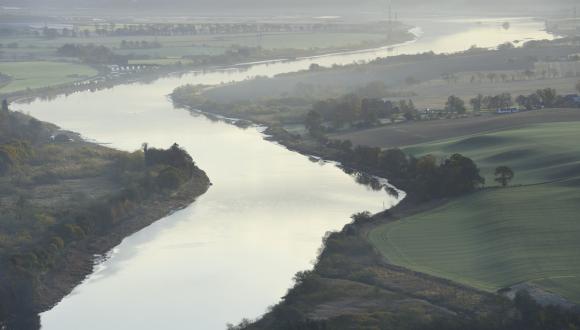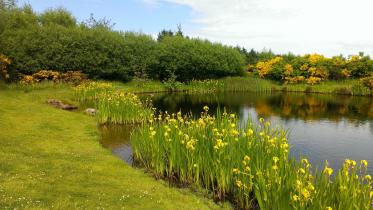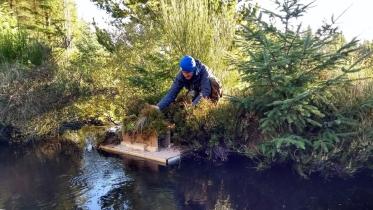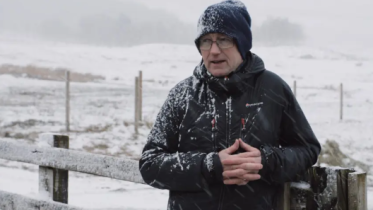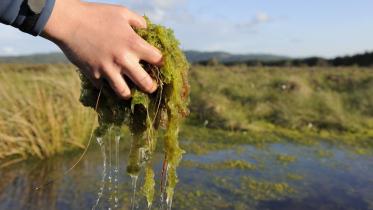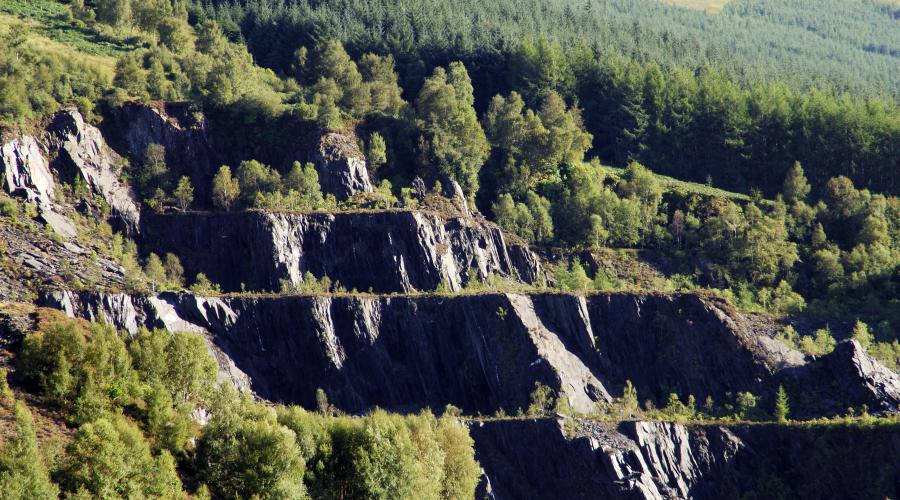
Pressures on rocks
Rock exposures can seem everlasting, but they may be lost through removal or burial, or may be obscured by vegetation.
Rocks may be lost through removal. This could mean anything from large-scale quarrying to small-scale excavation or collecting.
Rock outcrops may also become obscured, whether buried beneath debris or vegetation. Such outcrops are also effectively lost, unless the debris or vegetation can be easily cleared.
Vegetation growth may obscure:
- disused quarries
- rail and road cuttings
- natural rock exposures such as river cliffs
Dense conifer plantations and other land uses may obscure rocks in both lowland and upland areas. This makes study of important rock exposures difficult. Any development may also have an impact on soils and landforms.
Many of our most vulnerable rock faces are in disused quarries. These may be infilled, removing the option to use the rock for research and education purposes. Using only part of a quarry to dispose of waste is a compromise that is often reached.
How we can help
Careful planning and consultation can help to avoid such problems.
NatureScot can advise on all aspects of conserving Scotland’s geological heritage.
Read our guidance for planners and developers on geology and minerals.
Read our Guidance on collecting geological samples from Sites of Special Scientific Interest in Scotland.
